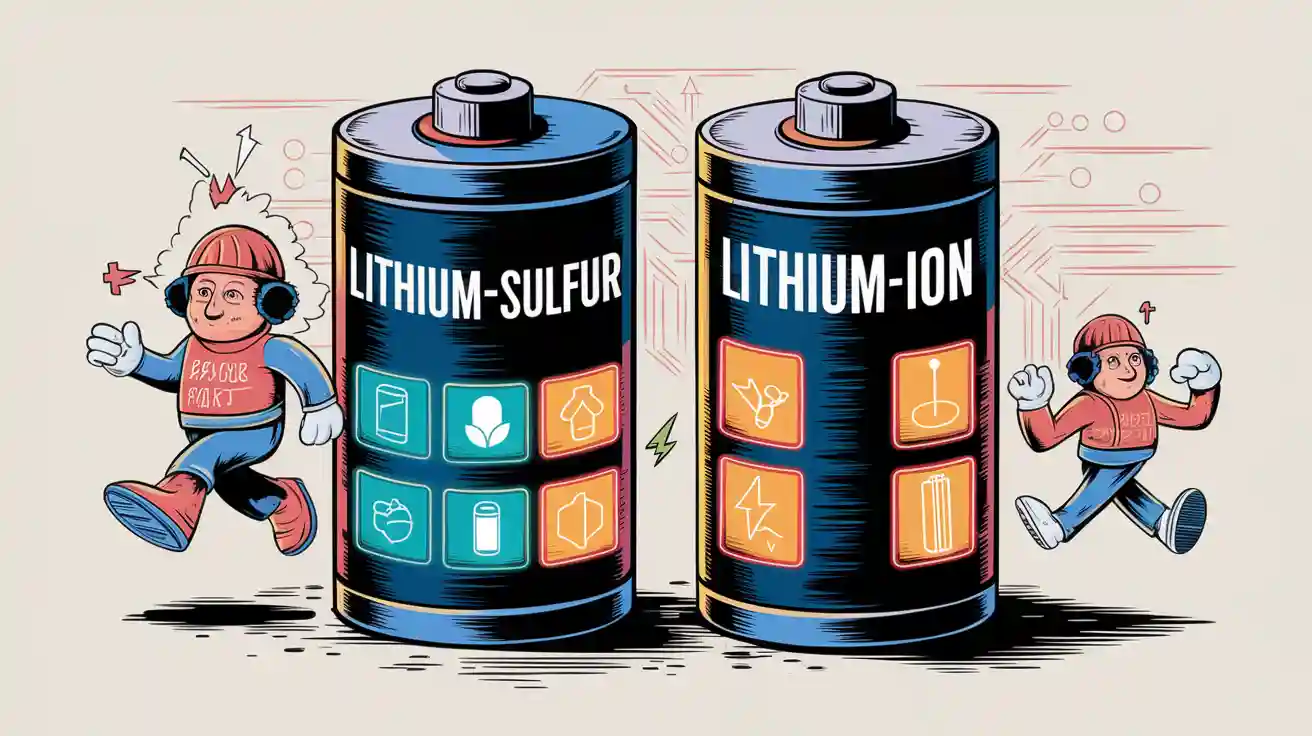Contents
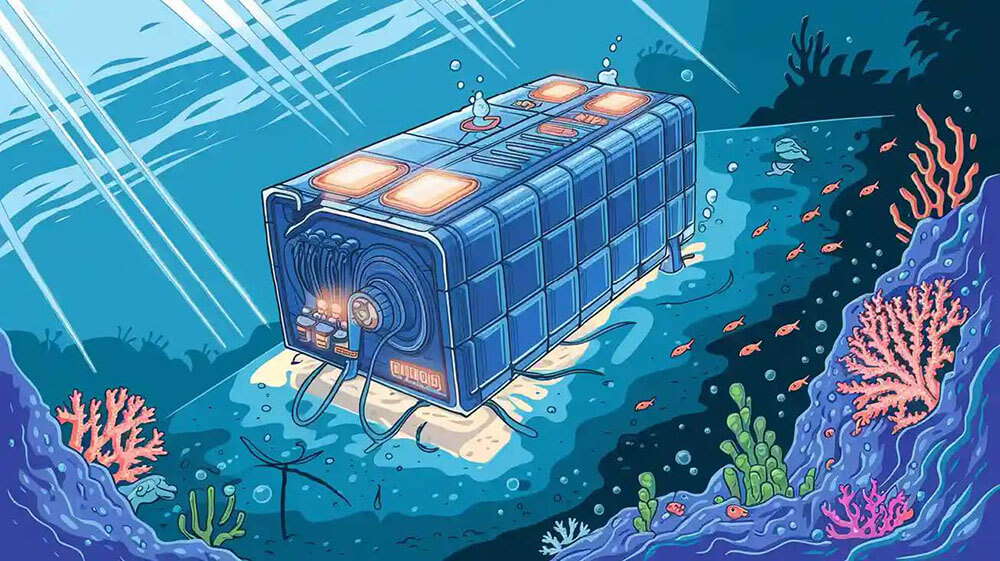
Efficient seismic data collection relies heavily on ocean bottom nodes equipped with advanced energy solutions. Lithium battery for ocean bottom nodes ensures consistent power delivery in challenging underwater conditions. These batteries support extended operations, enabling reliable data acquisition critical for industries requiring precise subsurface insights.
Explore customized lithium battery solutions about Ocean Bottom Nodes(OBNs) for your applications here.
Key Takeaways
Lithium batteries store a lot of energy. This lets ocean bottom nodes work for up to 90 days without charging. This helps collect seismic data more efficiently.
These batteries are built to handle tough underwater conditions. They are strong and dependable, cutting down on repairs and work delays.
New lithium battery technology, like solid-state designs, offers better performance and eco-friendliness. This makes them important for future underwater uses.
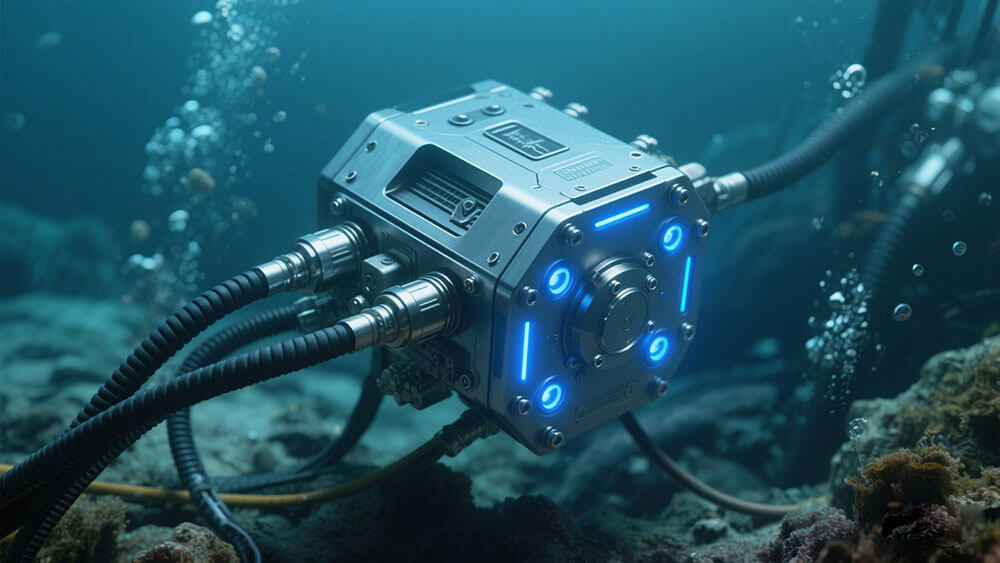
Part 1: How Lithium Battery for Ocean Bottom Nodes Works
1.1 Ocean Bottom Nodes: Purpose and Functionality
Ocean bottom nodes (OBNs) play a pivotal role in seismic data collection by providing accurate subsurface imaging. Unlike surface-based methods, OBNs eliminate interference caused by surface waves and allow the use of both P-waves and S-waves. This dual capability enhances the clarity and precision of geological data, making OBNs indispensable for offshore oil exploration and other underwater applications. Their ability to operate in challenging underwater environments for extended periods ensures consistent data acquisition, even in remote locations.
Note: The deployment of OBNs significantly improves the accuracy of seismic surveys, reducing the environmental impact of exploratory activities.
1.2 Lithium Battery Integration in Ocean Bottom Nodes
Lithium batteries are the backbone of OBNs, providing reliable and long-lasting power in underwater conditions. These batteries are housed in sealed compartments that are detachably connected to the main cabin of the OBN. This design ensures easy maintenance and replacement while maintaining the integrity of the system. Power interfaces facilitate seamless electrical connections, ensuring uninterrupted energy supply during operations.
Lithium-ion batteries, in particular, are favored for their high energy density and extended operational life. They can power OBNs for up to 90 days without requiring recharging, making them ideal for long-term deployments. The choice of lithium battery chemistry, such as LiFePO4 or NMC, directly impacts the performance, safety, and efficiency of the nodes.
The integration of lithium batteries into OBNs ensures consistent power output, even in extreme underwater conditions. Their compact size and lightweight design further enhance the efficiency of the nodes, allowing for easier deployment and retrieval.
1.3 Key Features of Lithium Battery Packs for Underwater Applications
Lithium battery packs designed for underwater applications, such as those used in OBNs, possess several critical features:
High Energy Density: Lithium batteries offer superior energy storage capabilities, enabling extended deployment periods without frequent recharging.
Durability: These batteries are engineered to withstand extreme pressures, temperatures, and corrosive environments found underwater.
Safety: Advanced safety mechanisms, including thermal management systems, prevent overheating and ensure stable performance.
Customizability: Lithium battery packs can be tailored to meet specific operational requirements, such as voltage, capacity, and size.
The superior performance of lithium batteries makes them the preferred choice for OBNs, ensuring reliable and efficient operation in demanding underwater environments.
Tip: For tailored lithium battery solutions that meet your specific needs, explore our custom battery options.
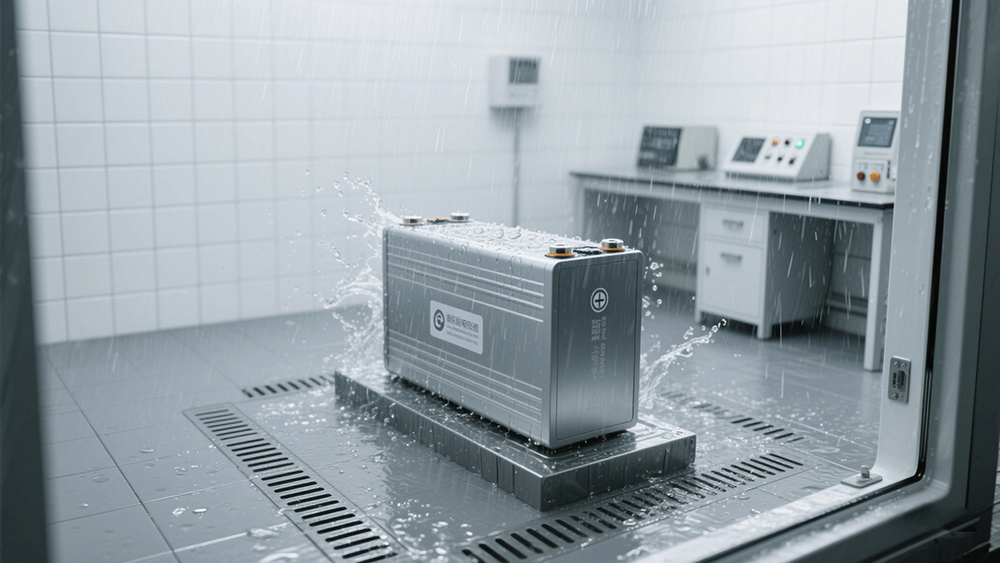
Part 2: Advantages of Lithium Battery for Ocean Bottom Nodes
2.1 High Energy Density and Extended Deployment Periods
Lithium batteries stand out for their exceptional energy density, a critical factor for ocean bottom nodes (OBNs) operating in remote underwater environments. These batteries store more energy per unit weight compared to traditional alternatives, such as sealed lead-acid batteries. For instance, lithium-ion batteries(e.g.NMC) offer an energy density of 160–270 Wh/kg, significantly surpassing the 30–50 Wh/kg range of lead-acid systems. This high energy density enables OBNs to remain operational for extended periods, often up to 90 days, without requiring retrieval for recharging.
The extended deployment capability reduces the frequency of maintenance operations, which can be logistically challenging and costly in deep-sea environments. By minimizing interruptions, lithium batteries enhance the efficiency of seismic data collection, ensuring continuous and reliable performance. This feature is particularly advantageous for industries like offshore oil exploration, where uninterrupted data acquisition is crucial for decision-making.
Note: The use of lithium batteries in OBNs aligns with environmental sustainability goals by reducing the need for frequent retrievals, thereby lowering the carbon footprint of underwater operations.
2.2 Durability in Extreme Underwater Conditions
Underwater environments present unique challenges, including high pressure, low temperatures, and exposure to corrosive elements. Lithium batteries are engineered to withstand these extreme conditions, ensuring reliable performance throughout their operational lifespan. Advanced sealing technologies protect the battery packs from water ingress, while robust materials resist corrosion and mechanical stress.
The ability of lithium batteries to maintain consistent power output under harsh conditions makes them indispensable for OBNs. Their reliability ensures that seismic surveys can proceed without disruptions, even in the most challenging underwater environments.
2.3 Operational Efficiency and Reduced Maintenance Costs
Lithium batteries contribute to the operational efficiency of OBNs by offering longer maintenance intervals and lower lifecycle costs. Subsea lithium battery systems typically require maintenance every 5–7 years, compared to the 14-month retrieval cycles of hydrogen fuel cells. This extended interval reduces downtime and associated costs by 23%, making lithium batteries a cost-effective choice for long-term deployments.
Additionally, the zero-emission profile of lithium batteries helps operators avoid carbon taxes, which range from $50 to $85 per ton. This feature not only supports environmental sustainability but also enhances the economic viability of underwater operations.
Tip: To explore how customized lithium battery solutions can optimize your operations, visit custom battery solutions page from Large Power.
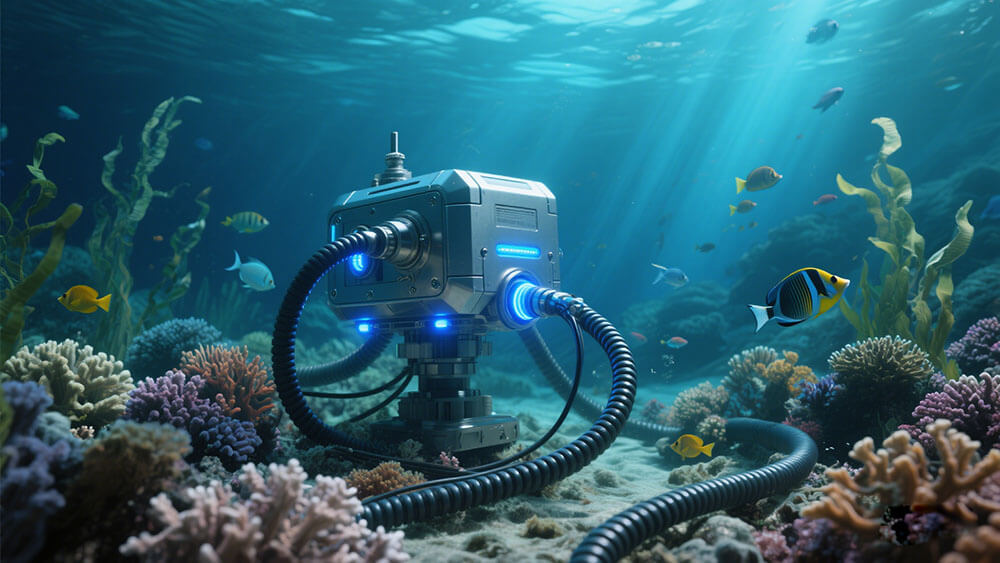
Part 3: Challenges and Innovations in Lithium Battery Technology
3.1 Addressing Challenges in Underwater Environments
Operating lithium battery for ocean bottom nodes in underwater environments presents unique challenges. You must consider factors like extreme pressure, temperature fluctuations, and exposure to corrosive elements. To overcome these obstacles, manufacturers have developed advanced technical solutions:
Thermal management systems regulate battery temperature, ensuring stable performance in cold or fluctuating underwater conditions.
Pressure-tolerant designs eliminate the need for bulky external housings, allowing batteries to withstand hydrostatic pressure effectively.
Advanced materials enhance durability and performance, even in harsh marine environments.
For example, Kraken Robotics employs proprietary gel encapsulation technology in lithium-polymer batteries, enabling their use in underwater vehicles. Similarly, lithium-ion batteries have proven effective in large uncrewed underwater vehicles (LUUVs), such as Anduril’s Dive-LD, demonstrating their reliability in demanding applications.
3.2 Innovations Enhancing Lithium Battery Performance
Recent innovations have significantly improved the performance of lithium batteries in marine conditions. The table below highlights key advancements:
Battery Type | Key Features |
|---|---|
Lithium Iron Phosphate (LiFePO4) | Excellent thermal stability,low temperature resistant, long cycle life, high safety, and durability |
Lithium Titanate Oxide (LTO) | Superior safety, fast-charging capabilities, resistance to thermal runaway |
Advanced Battery Management | Ensures optimal performance and safety, enhancing reliability and longevity |
These advancements not only enhance battery efficiency but also reduce operational risks, making them indispensable for underwater operations.
3.3 Future Trends in Lithium Battery Development for Ocean Bottom Nodes
The future of lithium battery technology for ocean bottom nodes lies in sustainability and efficiency. Researchers are exploring solid-state battery technology, which offers higher energy density (300–500 Wh/kg) and improved safety. Additionally, the integration of AI-driven battery management systems promises to optimize energy usage and extend operational lifespans.
Sustainability remains a key focus. Manufacturers are adopting conflict-free materials and eco-friendly production methods to align with global environmental goals. Learn more about sustainability initiatives here.
These trends will ensure that lithium batteries continue to meet the evolving demands of underwater applications, providing reliable and efficient energy solutions for years to come.
Tip: For customized lithium battery solutions tailored to your specific needs, explore offerings from Large Power.
Lithium batteries empower ocean bottom nodes with unmatched reliability, high energy density, and durability in extreme underwater conditions. Their integration ensures efficient seismic data collection, reducing operational costs and environmental impact. Addressing challenges like pressure and temperature, ongoing innovations such as solid-state battery advancements promise even greater performance.
Explore tailored lithium battery solutions for your underwater applications with Large Power.
FAQ
1. What makes lithium batteries ideal for ocean bottom nodes?
Lithium batteries provide high energy density, long cycle life, and durability in extreme underwater conditions. Their compact design ensures efficient deployment and reliable performance.
2. How do LiFePO4 Lithium batteries enhance underwater operations?
LiFePO4 Lithium batteries offer thermal stability, a platform voltage of 3.2V, and 2,000–5,000 cycles. These features ensure safety, longevity, and consistent power output in marine environments.
3. Are lithium batteries environmentally sustainable?
Yes, lithium batteries reduce maintenance frequency and emissions. Manufacturers also adopt eco-friendly practices and conflict-free materials.
Explore: For customized and sustainable lithium battery solutions, visit Large Power.


